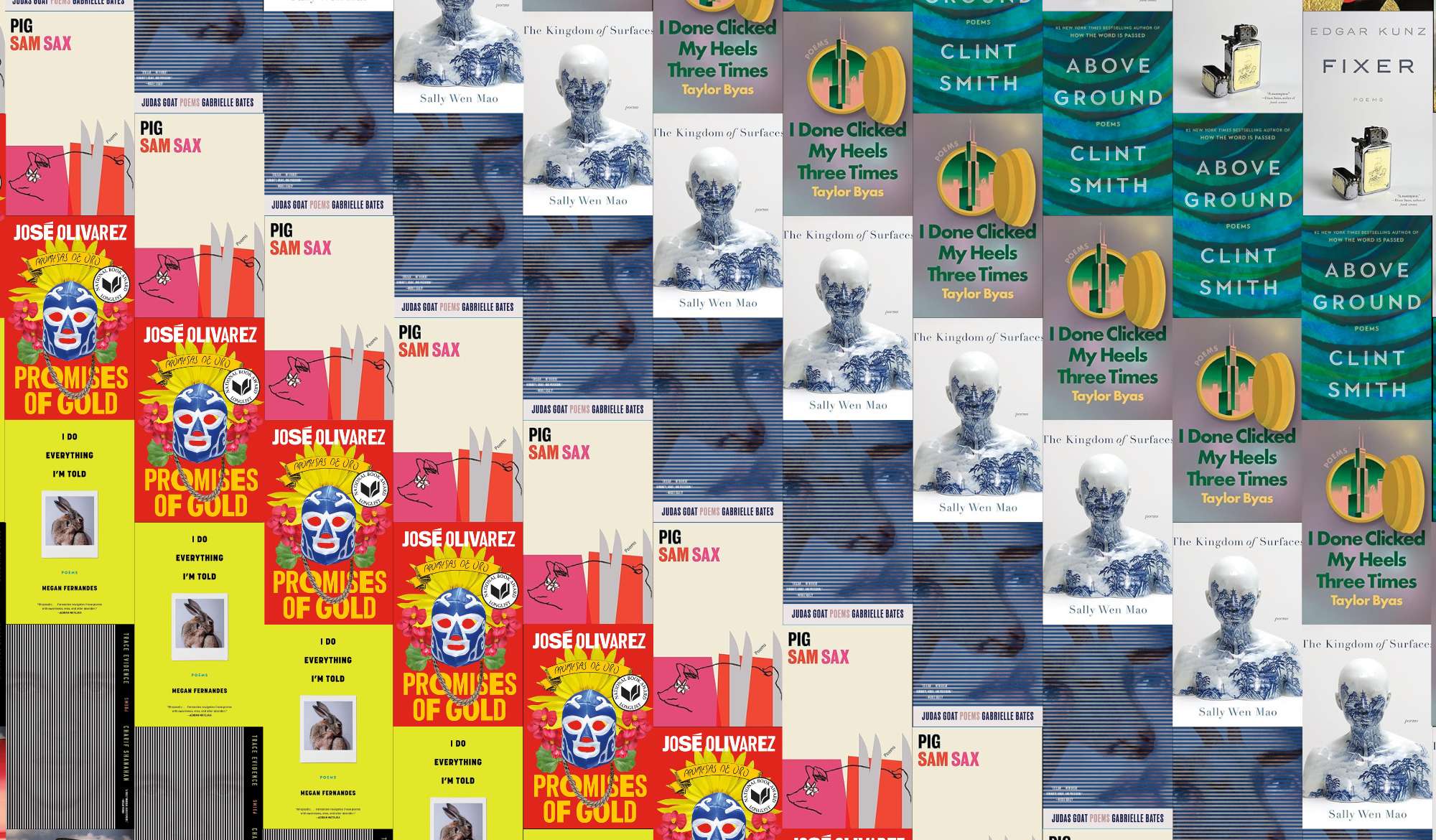Books & Culture
REVIEW: Made to Break by D. Foy

by Benjamin Rybeck

As a latecomer to Made to Break — somebody who had read reviews extolling its bleakly exuberant language, somebody who had absorbed the author’s dense and absurd “Dispatches from the Road,” a series published by Electric Literature, before reading a single sentence of the novel itself — I felt like I had a pretty clear idea of what D. Foy’s debut novel would be like: foreboding and primal, with language so rich it induces gout in otherwise healthy readers. It was certainly these things, yes, which Foy himself suggests by namedropping Bauhaus, Nick Cave’s “Stagger Lee,” and Hunter S. Thompson (plus a character named “Badalamente,” which perhaps references David Lynch, whose longtime musical collaborator’s name is Angelo Badalamenti). But what surprised me about the novel was how,
cutting through all the dark clouds that crowd Foy’s world, sensitivity and kindness shined through his prose
. I wasn’t expecting to feel so moved by a book in which the earth is “corrupt” and “filled with violence.”
Foy’s plot is simple — almost a chamber play, or a locked room whodunit, in which the culprit is nature itself (both human and otherwise).
Five friends invade a middle-of-nowhere cabin — with a dead lovebird on the floor and clowns on the walls — on New Year’s Eve.
The ostensible purpose is to bid farewell to Lucille, a wild girl giving up her ways to take a corporate job. She was formerly involved with one of the friends, a veteran named Dinky (whose cabin provides the novel’s setting), before cheating on him with another friend, a cantankerous and drug-addled musician named Basil. Then there’s the enigmatic — and pseudonymous — Hickory, who has entranced the fifth friend, and narrator, AJ. Early in the novel, an accident leaves Dinky seriously injured, and a freak downpour floods the roads, stranding the characters at the cabin, unable to get help for their dying friend. Inert and helpless, they pass the time circling old wounds and shooting at one another sophomoric insults — “banana dick,” “poor fuckless fart,” “eat my ass” — while genuine menace gathers outside, not only in the form of the storm, but also embodied by Super, a local man with a Hamlet-obsession and a dead monkey dangling from his truck’s rearview mirror; Super seems to want to help the five friends, but only in the most sinister ways.
If this was all that the novel got up to — shadows, and bickering, and dying — it might feel one-note, a mean-spirited, punishing exercise in depression and destitution. But
Foy has more in mind, shuffling his timeframe in a way that affords the reader not only glimpses the characters’ pasts but also brilliant glimpses into future.
Gradually it becomes clear that AJ is narrating the novel from a calmer future: He now does manual labor “trucking crops” in the San Francisco Bay Area, and relates the events of that New Year’s Eve to his only friend, a man known as Thomas the Tattooed Whiskey Man (if ever a character deserved his own spin-off novel based on name alone…). This glimpse of AJ’s future adds fatalistic poignancy to Made to Break, and the reader watches what happens in the cabin — the fights, the tragedies, and, finally, the celebrations — knowing that loneliness will always lie ahead for AJ, eventually leaving him with nothing but memories: of “the only people [he’d] ever truly known and who for that reason were strangers”; of his friend Dinky’s laughter; of a girl named “Avey,” about whom he mutters in his sleep.
Much has been made of Foy’s language, and deservedly so:
Made to Break sustains its manic intensity throughout every sentence
, a characteristic it shares with many other Two Dollar Radio titles, including Jeff Jackson’s Mira Corpora, Shane Jones’ forthcoming Crystal Eaters, and Anne Marie Wirth Cauchon’s Nothing (I wonder what would happen if the vacant hipsters of Wirth Cauchon’s debut ran into Foy’s characters at a party). These are all short books — at 218 pages, Made to Break is the longest of them — but one gets the sense that if the books were longer, the author would need hospitalization. Sometimes Foy’s language tries out abstraction — for instance, I’m not sure what to do with an early metaphor that claims the “night was rage,” or with a character who “wept into oblivion” — but his best writing has a specificity of figuration that makes it feel like a nightmare you can’t shake — a nightmare whose vivid details to you tell anyone who’ll listen. A passage involving the disposal of a dead body deserves quoting at length:
I took down the blanket and rolled him. He was heavy as a block of steel. And all along his backside, ankles to groin, his skin had mottled up in a swirl of purples and blues. It looked as if he’d been lying for weeks in a pool of wine. The flesh beneath the hair on his legs was cool. I could’ve been holding a chunk of moldy pipe.
Such compressed, lucid writing makes Made to Break always understandable, and a thrilling world to inhabit, no matter how much corruption and violence it contains. “How is it,” AJ asks, “the strangest people we know are nearly always ourselves?”
Foy’s mission is to embody the familiar for so long that it becomes unfamiliar
, sort of like saying a name again and again until it loses all meaning. Reading this novel, I thought of Lawrence Ferlinghetti, who told us “a poem is a mirror walking down a strange street.” Yes, perhaps — but Foy is a kind of poet too, only his mirror walks down familiar streets, making them seem strangest of all.

by D. Foy










